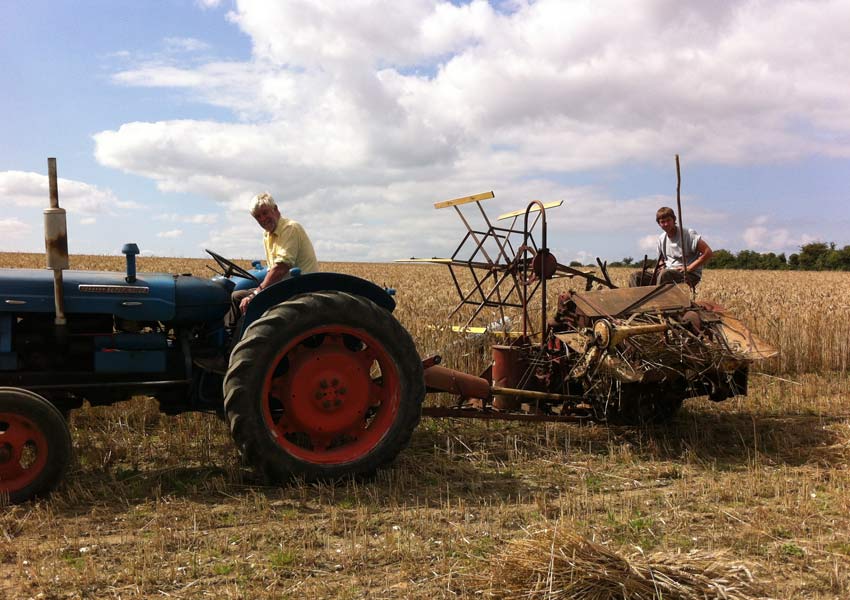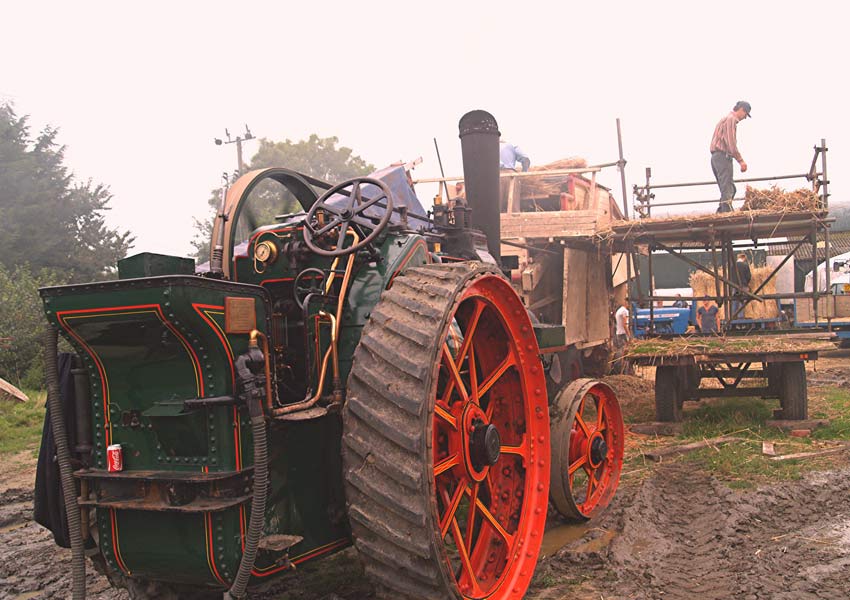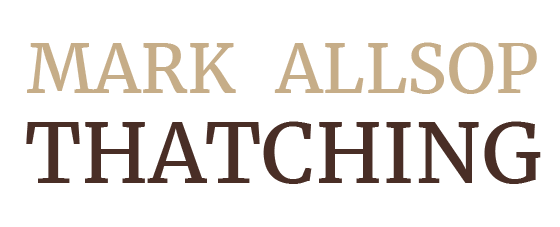
Thatching Supplies
Locally grown, quality straw, which is harvested by myself and processed
using traditional techniques that have been used for centuries
QUALITY THATCHING SUPPLIES
In order to ensure I only use the highest quality thatching supplies, I harvest my own, locally grown straw. In fact, I have been helping with the harvest for over 20 years, with my father and a local farmer whom I have known my entire life.
There are numerous benefits of doing this. To start with, it means I can closely control the quality of straw and thatching supplies that I use on all of my jobs. It also means that all straw used is grown, harvested and processed using traditional methods – preserving the heritage of the local area. Besides this, it also environmentally friendly through minimising transport.
The thatching straw produced, as well as being used on my own jobs, is available to be purchased by other local thatchers, many of whom I have known for many years and have good relationships with. This also helps ensure the heritage of the local area is preserved – something I am genuinely passionate about.


VARIETIES GROWN
In the Vale of Pewsey and surrounding area there are predominantly two types of thatch. These are traditional, Long Straw and Wheat Reed. There are a few exceptions like Ramsbury however, where there were some Water Reed beds and where a few properties were thatched in this material.
If a building is situated in a conservation area or has listed building status the thatching supplies and material used on the building must be as the previously used thatching material – unless planning permission has been applied for by the property owner and approved by the local council.
Wheat straw has to be grown especially for thatching with strict controls on fertilisers used and straw length of a minimum average of 750mm (30inches). Modern varieties of wheat are grown for high yield and short in length so only some old varieties like Widgeon, Huntsman, N59, Aquila and Square Head Master are suitable. A more modern alternative is the use of Triticale as suggested in the ‘Wiltshire Council’ conservation guide to thatching with the variety Purdy named. (See section 8, for address with ref in section 3.6). A variety of these are harvested locally by my family and I.
HARVEST
The method of harvesting high quality thatching straw has not changed very much for the last century using reaper binders to cut the crop while it still has sap in the straw, stooked in the field to allow it to drain and become stiff and not brittle, before being picked up and stored in stacks or barns ready for threshing later in the year.
A few newer ideas have been tried but all resulting in the quality being compromised, I therefore stick to the old, proven methods when harvesting my thatching supplies.
This sees me and my father employing a small army of friends and family during the summer months, but allows us to pass on the traditions and knowledge of previous generations in our working practices.


TRADITIONAL THRESHING
To produce Long Straw, the wheat is thrashed using a Threshing Drum. This is a process that has been used for over 100 years! The straw is then tied in trusses ready for the thatcher to put into what he calls a bed from which the straw is wetted and pulled to make yealms.
Combed Wheat Reed production is slightly different, although this also goes back hundreds of years in the UK. Originally combed out by hand using a rake, in the 19th century a few manufacturers produced machines to fit on top of threshing drums into which the straw is fed all the same way around. It then comes out of the machine minus the grain and rubbish, and is tied into neat bundles ready for the thatcher to fix to the roof.
Besides the production of straw, I also take our family’s threshing machine to a number of country shows and events, giving demonstrations of the techniques used.
